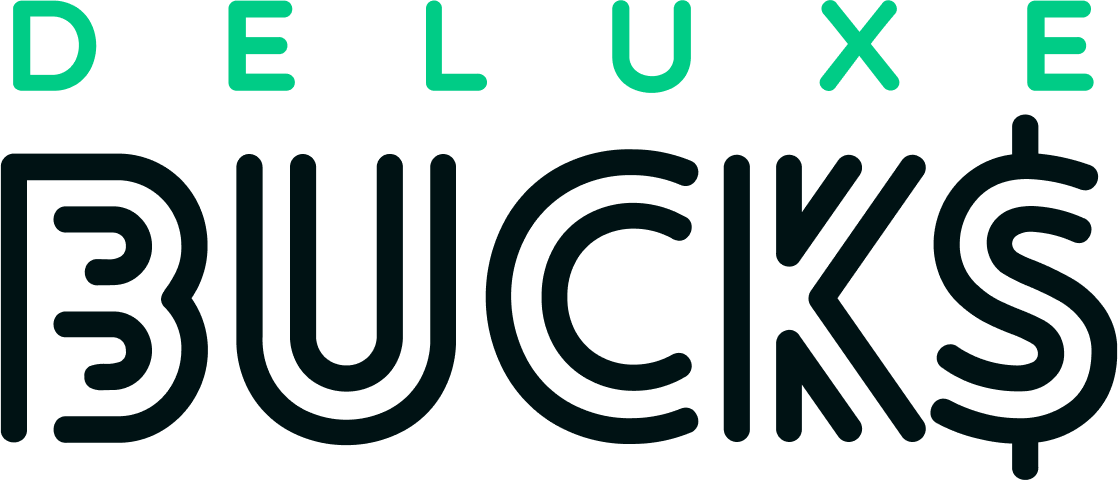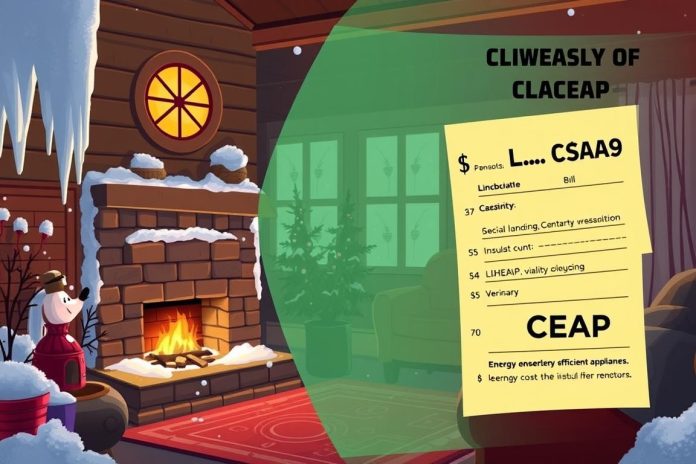As the seasons change, our energy bills usually go up. This forces families to stretch their budgets to keep their homes comfortable and lights on. Thankfully, there’s a government energy program called LIHEAP or the Low Income Home Energy Assistance Program. This program offers significant help in reducing utility bills, whether it’s summer heat or winter chill. With a budget of $4.025 billion for 2024 and $6 billion for 202312, LIHEAP helps over 5.1 million families1.
LIHEAP sends a lot of money to energy programs across states. It gives approximately $3.062 billion for heating help and $502 million for home improvements like weatherization1. This assistance doesn’t just lower bills now. It stops the ongoing loss of money due to high-energy costs and adds long-term value by including efficient appliances3. Each state provides different levels of help, based on what its residents need. By joining, you could change the way you handle your energy costs.
Key Takeaways
- LIHEAP provides crucial financial support for low-income households to manage their energy costs.
- Recent federal allocations ensure that LIHEAP can aid millions, with $4.025 billion in funding for FY 2024.
- Eligible activities include bill payment, crisis assistance, and energy-related home improvements.
- Energy efficiency improvements foster substantial long-term savings for recipients.
- The program is accessible to households in all 50 states, the District of Columbia, territories, and tribes.
- State-specific guidelines dictate the eligibility and application process for LIHEAP.
- Program benefits extend to weatherization services, contributing to permanent energy cost reduction.
Understanding LIHEAP and its Impact on Energy Bills
The Low Income Home Energy Assistance Program (LIHEAP) started in 1980. It helps reduce energy costs for low-income families by providing weatherization and energy crisis help4. These efforts aim to support sustainable energy, making sure poor communities aren’t left out in hard times.
LIHEAP gets its money every year from the U.S. Department of Health and Human Services (DHHS). This money is then given to states, tribes, and territories. These groups give energy help to low-income families to help with heating, cooling, and energy emergencies4.
To get LIHEAP, you need to earn at or below 150% of the Federal Poverty Level (FPL) or 60% of the state’s median income4. Low-income families spend three times more on energy than families with more money. This shows how important energy savings are5.
The Comprehensive Energy Assistance Program (CEAP) works with LIHEAP. It gives direct bill help and emergency aid through the Energy Crisis Intervention Program (ECIP). This helps stop the power from being turned off because of unpaid bills, encouraging long-term energy solutions5.
LIHEAP and CEAP also support weatherization services. These services can lower energy use and costs. States can use up to 10% of their LIHEAP money for these services to make homes more energy-efficient4.
Recent laws have put billions into programs to fight energy poverty. This money will increase energy efficiency in affordable housing. It aims to lower costs and improve life for people through programs like weatherization5.
Capturing the benefits of LIHEAP and CEAP not only helps families right now but also teaches them how to save energy and money in the long run.
| Program | Objective | Funding Source | Impact |
|---|---|---|---|
| LIHEAP | Reduce energy expenses for heating and cooling | Federal (DHHS) | Supports immediate energy needs and crisis intervention4 |
| CEAP | Direct bill assistance and emergency aid | Federal (DHHS) | Prevents utility disconnection5 |
| Weatherization Services | Enhance home energy efficiency | State discretion under LIHEAP | Reduces long-term energy consumption4 |
LIHEAP and CEAP play a huge role in helping many families in the U.S. They make homes more stable and energy-efficient.
Eligibility Criteria for Government Energy Programs
Learning about qualifications for energy assistance can greatly lower your bills. If you’re exploring LIHEAP eligibility or programs aimed at the federal poverty level, your income matters most. Programs help families earning 150% or less of the federal guideline, based on family size. This approach ensures aid goes to those who need it, providing utility bill assistance across the country. This includes specific services like Texas energy assistance.
Income and Household Size
It’s important to know how your family size affects your chances. Bigger rebates are for incomes under 80% of the area’s median, helping those who need it most67. With no income caps, these rebates are widely available. You could also get a HOMES rebate and a 25C tax credit for extra savings on upgrades6.
Residency and Citizenship Requirements
Show you live where the program is offered. This could be a utility bill or lease for proof of residency. Both U.S. citizens and qualified non-citizens like permanent residents and refugees can apply. Take your documents to your Community Action Agency or, in Texas, the Department of Housing and Community Affairs to start your LIHEAP application.
Assessing Your Household’s Energy Needs
A Home energy audit shows how to save on bills and qualify for clean energy funding. Being eligible for rebates needs at least 15% energy savings6. Programs like HOMES and HEAR offer ways to make your home better with cost-saving upgrades. Federal tax credits or rebates, like those for energy-efficient appliances, increase your benefits7.
FAQ
What is LIHEAP and how can it reduce my energy bills?
What are the benefits of weatherization services under LIHEAP and CEAP?
Who is eligible for LIHEAP and other government energy assistance programs?
How do I prove my residency for LIHEAP in my state, such as Texas?
How does a home energy audit benefit me when applying for LIHEAP?
What documents do I need to apply for LIHEAP and other energy efficiency incentives?
Can LIHEAP assistance cover the total amount of my energy bill?
Are renewable energy subsidies or clean energy funding available through LIHEAP?
Source Links
- LIHEAP Fact Sheet – https://www.acf.hhs.gov/ocs/fact-sheet/liheap-fact-sheet
- Need Help Paying Utility Bills? See if You Qualify for LIHEAP – https://www.ncoa.org/article/what-is-the-low-income-home-energy-assistance-program-liheap/
- Low Income Home Energy Assistance Program – https://www.csd.ca.gov/pages/liheapprogram.aspx
- How a Decades Old Federal Energy Assistance Program
Functions in Practice: A Deep Dive into LIHEAP – https://nicholasinstitute.duke.edu/sites/default/files/publications/How-a-Decades-Old-Federal-Energy-Assistance-Program-Functions-in-Practice-A-Deep-Dive-into-LIHEAP.pdf - By the Numbers: Low-Income Energy Assistance – RMI – https://rmi.org/by-the-numbers-low-income-energy-assistance/
- Coordinating DOE Home Energy Rebates with Energy-Efficient Home Improvement Tax Credits: An Explainer – https://home.treasury.gov/news/featured-stories/coordinating-doe-home-energy-rebates-with-energy-efficient-home-improvement-tax-credits-an-explainer
- Investing in America – CleanEnergy.gov | The White House – https://www.whitehouse.gov/cleanenergy/


